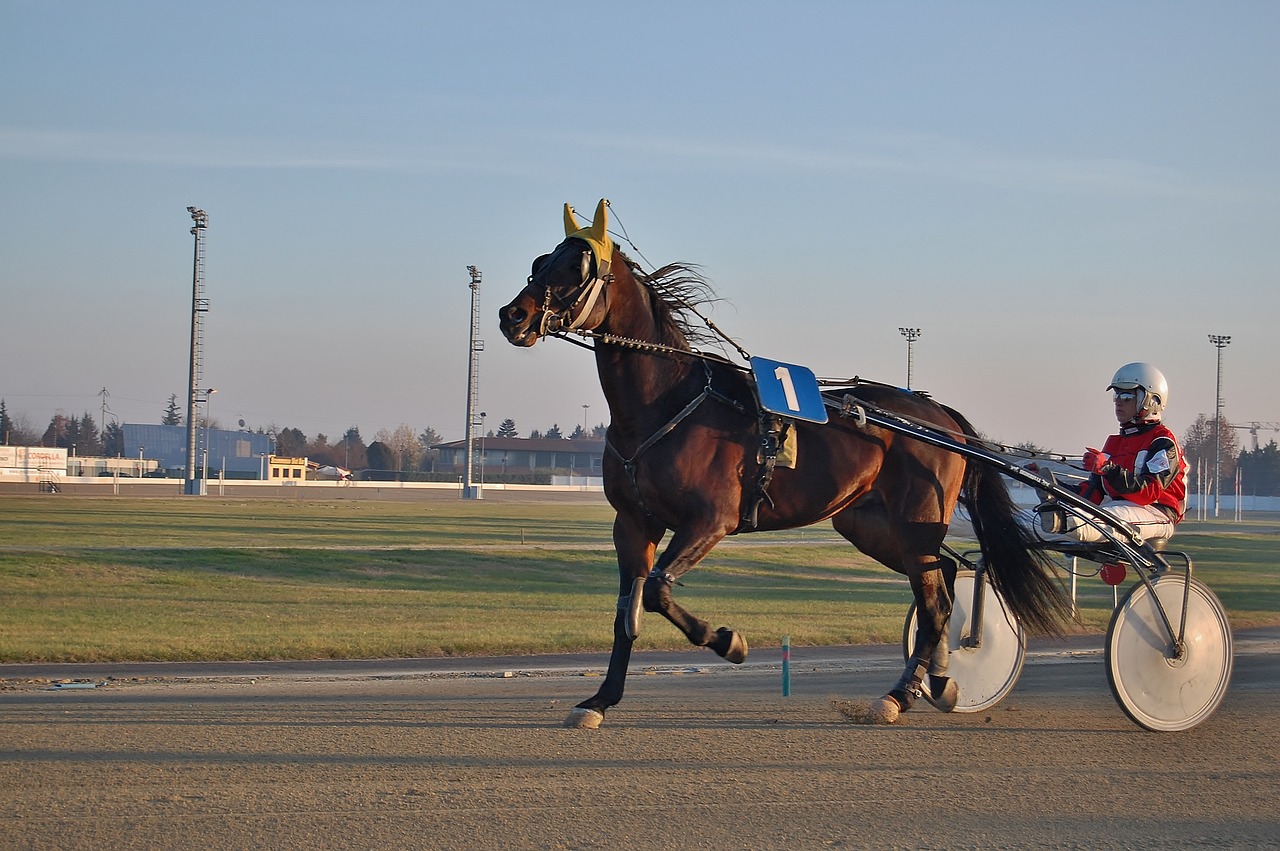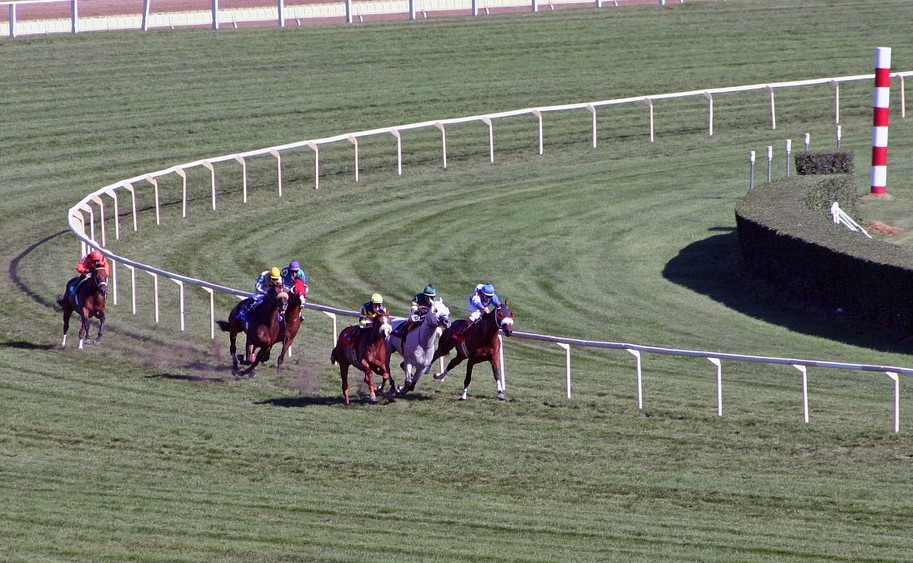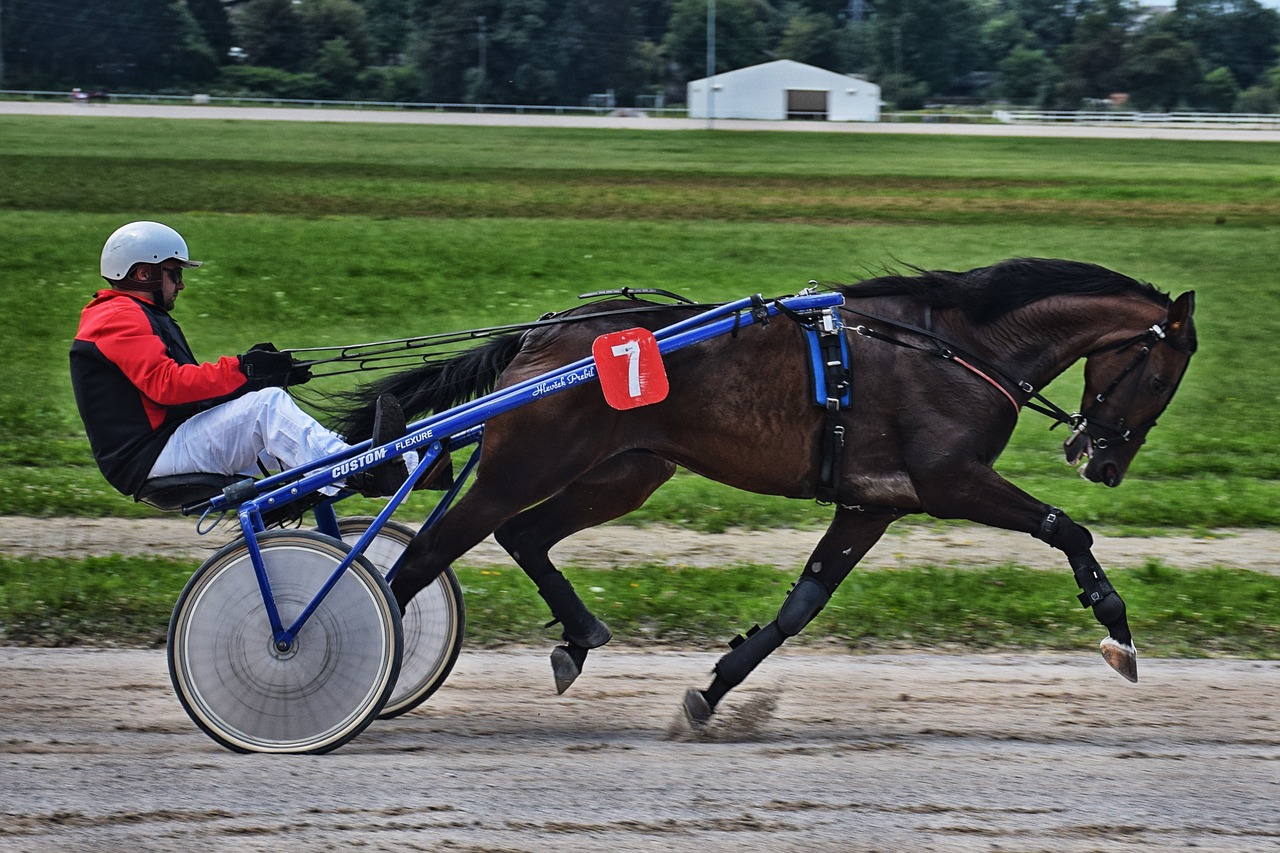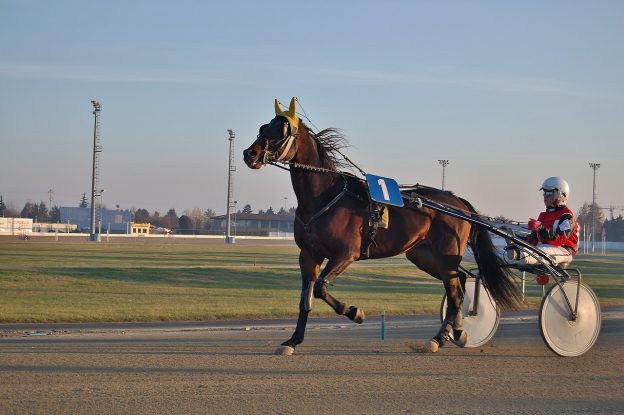As you already know, we are great fans of harness racing. On the other hand, there are plenty of people who are crazy about thoroughbred races and admit to no other horse races. This is especially true in the case of people who are fans of Horse Racing Betting. Let us break down the differences between thoroughbred and harness races.
Sulky
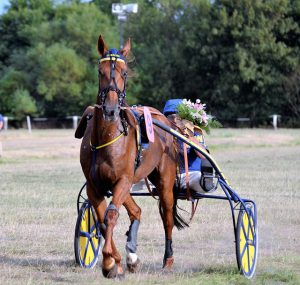
No, it is not a horse’s name. It is a lightweight cart that we sometimes call a race-bike that is attached to a horse. This is where the driver is. So, there is no breathing down the horse’s neck while you are trying to win a race. Thoroughbred races always have riders, rather than drivers.
Think of it this way. At first glance, it is the difference between cowboys on one hand and Ben Hur on the other. Fair enough, harness racing also uses only one horse, but the principle is there.
Surface
Harness racing is done on either dirt or clay. They are the two most natural surfaces for the horses, whether in the wild or at home. Thoroughbred races offer more variety on their tracks. There is actual turf, among others and it is the preferred terrain in Europe.
Types of Horses
As the name says, only Thoroughbred horses race in Thoroughbred races. Harness racing is a bit different, depending on the region. In North America, for example, only Standardbreds are allowed, while European competitions sometimes have Russian and French Trotters.
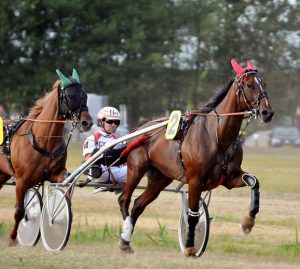
There is another difference between the horses in harness racing. There are Trotters and Pacers. A pace is faster than a trot and you will likely see more Pacers than Trotters on a given track.
The fascinating thing about pacers is something you will not see in a Thoroughbred race – the lateral gait. Pacers achieve greater speeds by moving the legs on each side together. In fact, some breeders try to find out what the chances are of getting a pacer before they proceed with breeding.
Tempo
Well, this is a two-parter. First of all, the Thoroughbred horses always run in a gallop. Horses participating in harness racing have a different gait and, instead of running, they trot or pace. In other words, harness racing does not push horses to their limits to get results. Thoroughbreds run at around 45 mph, while Standardbreds move at around 30mph.
The other thing about the tempo is the frequency of racing. Since horses don’t have to push themselves as hard, they race twice and three times as much as the horses in Thoroughbred races. Generally, depending on the breeding and the effort in individual events, a Thoroughbred may take up weeks and months to recover, so Thoroughbred races are typically three weeks apart.
